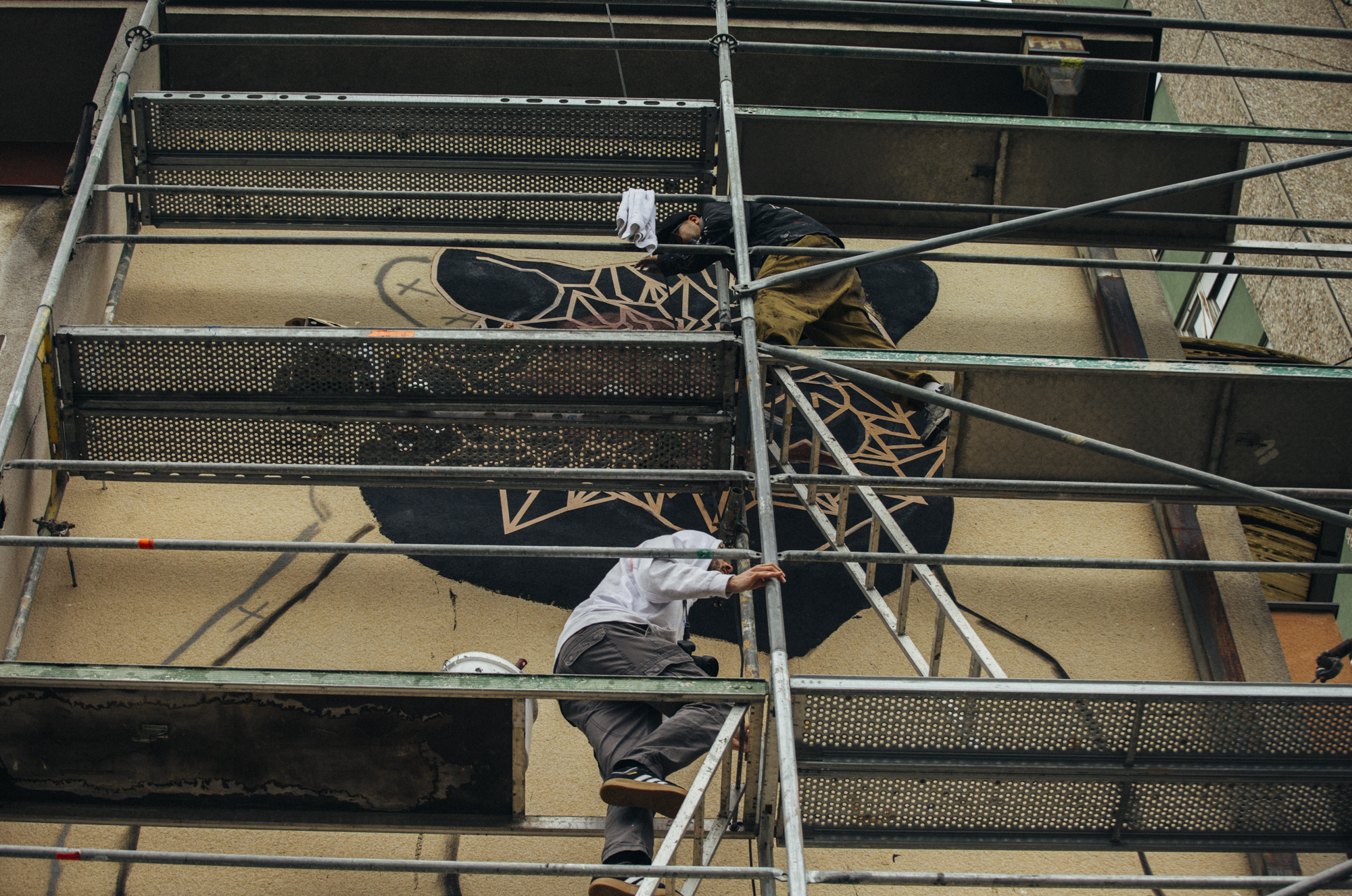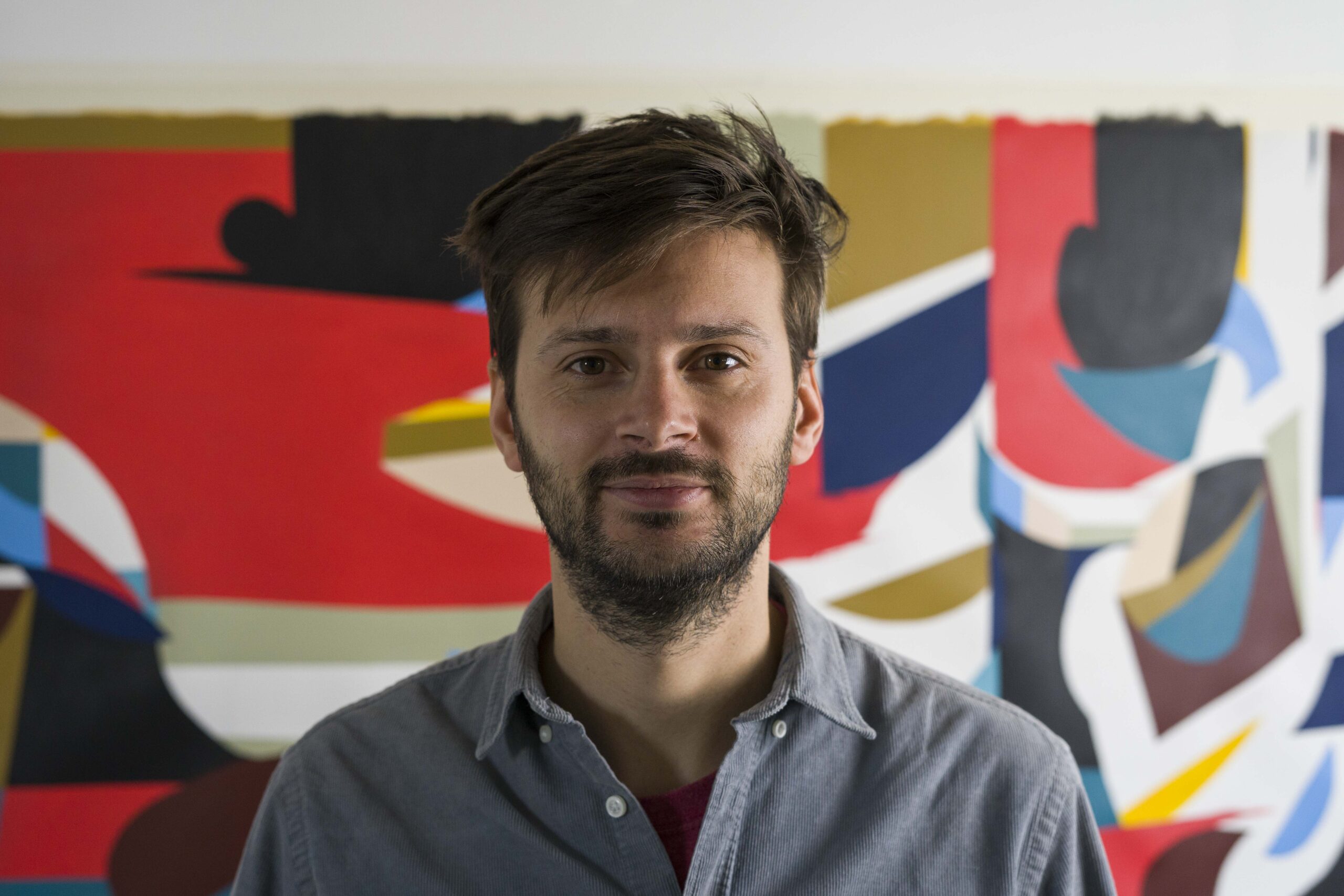Column
ColumnNew Horizons
For the first time, the Serbian government launched the National Capital of Culture program as the legacy of the city of Novi Sad European Capital of Culture 2021-2022. The lucrative title of the first National Capital of Culture was awarded to Čačak, the home city of the DUK Festival.
The DUK Festival project is a street art event that lasts for nine years and it’s held in the city of Čačak in Serbia. The aim of the project is to renovate city facades, pacify public spaces, and combat hate speech by painting murals. Over the years DUK Festival painted over 100 murals, organized 5 music festivals, numerous exhibitions, skateboarding competitions, and other cultural events.
Suddenly, an incredible opportunity stood in front of the DUK Festival team, to apply for EU-Japan Fest grants and to team up with Japanese organizations and artists in the endeavor of creating new pieces of art and establishing new partnerships by building bridges between the two nations. At first look, it seemed pretty straightforward, find a partner, make a proposal, and come to an agreement. But in fact, the first step of finding a partner appeared to be the hardest.
The street art scene in Japan is not developed and supported as in European countries, therefore, there are not many festivals and organizations that are working. The second challenge was not having any contact or recommendation from partner festivals or colleagues, which is quite common in Europe as we are all somehow intertwined. Lastly, the language barrier was also a stumbling stone. But good intentions and hard work to find a partner paid off. Through an English photographer and a Spanish street art curator, we managed to partner up with the TOTEMO, an NFT auction house specializing in the street art scene in Japan.

After a few meetings with TOTEMO staff where we introduced the DUK Festival more thoroughly by talking about our vision and goals, but also mentioning previous years, we came to a list of potential Japanese artists that could participate at the DUK Festival. After an internal meeting of the DUK Festival, the team who’s running the festival decided that would like to host a Japanese artist BAKIBAKI (Kohei Yamao). The TOTEMO team agreed with the decision and immediately scheduled a call with the mentioned artist, the TOTEMO team, and the DUK team. At the online meeting, we agreed on the dates of BAKIBAKI’s arrival and potential wall dimensions. Later on, the DUK team went on a wall hunt, looking for a suitable wall that would nicely fit to artist’s needs, but also answer the needs of the neighborhood and environment. When both sides agreed that the wall and surface is fitting, the next phase was creating a sketch. We organized another call and exchanged a few emails to find a meaningful connection between Serbia and Japan, but also to fit in the artist’s way of expressing. After a few ideas, we decided to go with a sketch of a brown bear, a characteristic animal of Serbia and the region. With the sketch, we went to talk with the local community and building owners to see whether they would like to give us permission to paint a mural on their façade – the answer was positive and we could start organizing other operational things such as booking flights, local transportation, materials, and other logistical things.
Since the moment of BAKIBAKI’s arrival, our worry was disbursed that we will not be able to communicate well due language barrier, so the ground for fruitful cooperation and lasting friendship was there, open for us. The first days of the festival were more dedicated to work, while evenings we spent together with other artists having meals together, eating local cuisine, discussing cultural similarities and differences, and of course tasting local brandy – rakija. As the weather conditions were good and BAKIBAKI had a few assistants his work was done in 4 days, leaving him some free time to explore around. Our festival team took him on a journey to the local mountain where together they spend leisure time in nature while tasting other local specialties.
BAKIBAKI had a really memorable connection with the local community as the creation of his work was in a public space. He had young local assistants and their experience with BAKIBAKI was very valuable and inspirational for their future work.
An artist from Japan drew significant media attention and BAKIBAKI gave a few interviews. Besides working time, we had interesting talks during dinners and visited nature around the city.

Also, we have established a future cooperation between BAKIBAKI’s festival and our festival that will be implemented in the second part of the year through a visit of our festival team to Japan for a research journey supported by the EU-Japan Fest Japan Committee. Therefore, we can conclude that even after 9 fruitful years and many great collaborations we are still able to experience new horizons and broaden our network.








